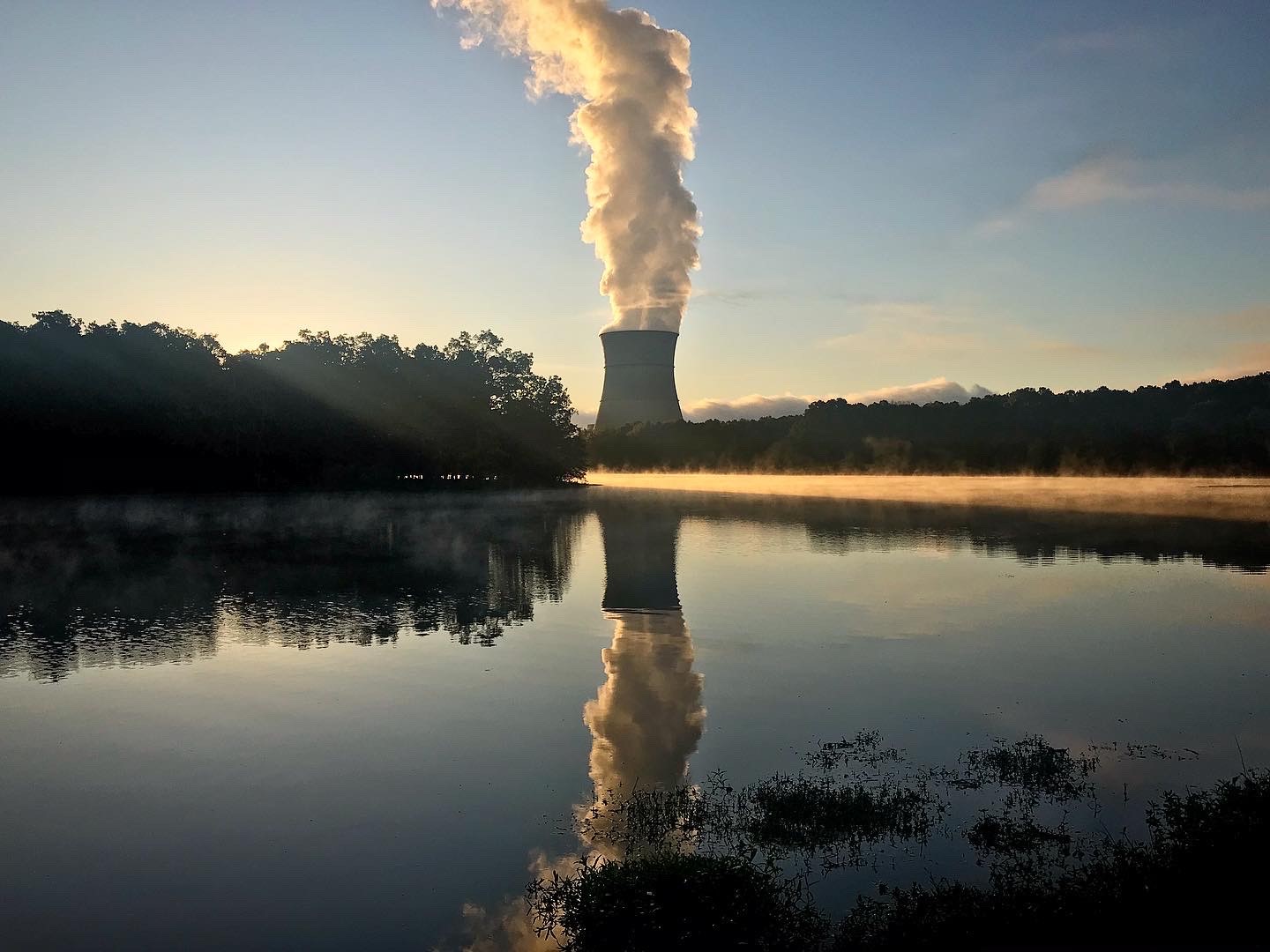Insights > Solar eclipse shines light on nuclear energy’s role in meeting climate goals
Solar eclipse shines light on nuclear energy’s role in meeting climate goals
04/23/2024

Two seemingly unrelated topics that have caught the attention and imagination of the public of late both converged in Arkansas recently: the solar eclipse and renewable energy.
As renewable power, such as solar, continues remarkable growth in the United States, some still question its intermittent nature and how that may affect reliability.
So, with nearly two-thirds of the state inside the path of totality during the April 8 total eclipse, what did happen at Entergy Arkansas’ solar facilities?
Our solar plant in Searcy, a 100-megawatt facility, was our only one directly in the path of totality. It saw a total eclipse of about three minutes during which there was some reduction in output, as expected. The other solar plants — in Chico and Stuttgart — saw even less of an impact.
What did that mean for our customers? What happened to their power supply? As expected, even with this decrease in solar energy production, lights stayed on, computers kept humming, refrigerators stayed cold.
You get the picture. There were no power interruptions for our customers related to the eclipse, and that was exactly what we expected.
This was due to Entergy’s diverse energy portfolio, which simply means that we do not put all of our eggs in one basket. We use a variety of energy sources, including solar, natural gas and nuclear, to meet our obligation to provide safe, reliable and affordable power to our customers. More than 71% of Entergy Arkansas’ total energy production in 2023 came from clean nuclear energy, while natural gas powered about 15%. Solar energy accounts for about 1.9% of power capacity for Entergy Arkansas.
That energy portfolio is changing, however. Entergy has committed to achieve net-zero greenhouse gas emissions by 2050 and is continuing to add more renewable power to get there. In addition to Entergy Arkansas’ three solar facilities currently in operation, another 530 megawatts of new solar generation will be coming online this year — Walnut Bend (100 MW), West Memphis (180 MW) and Driver Solar (250 MW). Construction of another 400 MW of solar is expected to be completed in 2025.
What’s helping to make this possible — while preserving reliability and affordability — is nuclear power like that generated by our two units at Arkansas Nuclear One in Russellville.
Like renewables, nuclear power is clean and carbon-free. It runs 24/7, rain, shine or solar eclipse, so it can back up weather-dependent energy sources. Nuclear is a workhorse that, when paired with renewables like our solar plants, will not only help Entergy meet its net-zero climate goals, but will help our industries, government and businesses meet theirs, too. When businesses and industries look to expand here, or consider moving into our state, a growing consideration is the access to carbon-free and affordable electricity. While costly to build, once online carbon-free nuclear energy is a low-cost source of energy.
Our more than 900 nuclear professionals at ANO work hard to provide approximately 65% of the power demands of Entergy Arkansas’ 730,000 customers. ANO celebrates 50 years of operation this year. With plans to keep our units running through 2050 and beyond, ANO will continue to be a significant part of Arkansas’ future for decades to come.
I want to thank every Entergy employee and all those who work at ANO for their dedication and commitment to achieving excellence.

